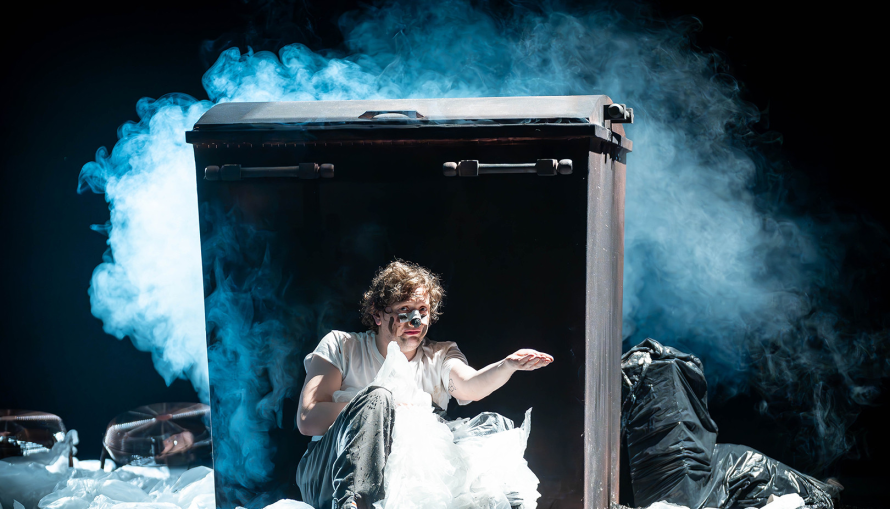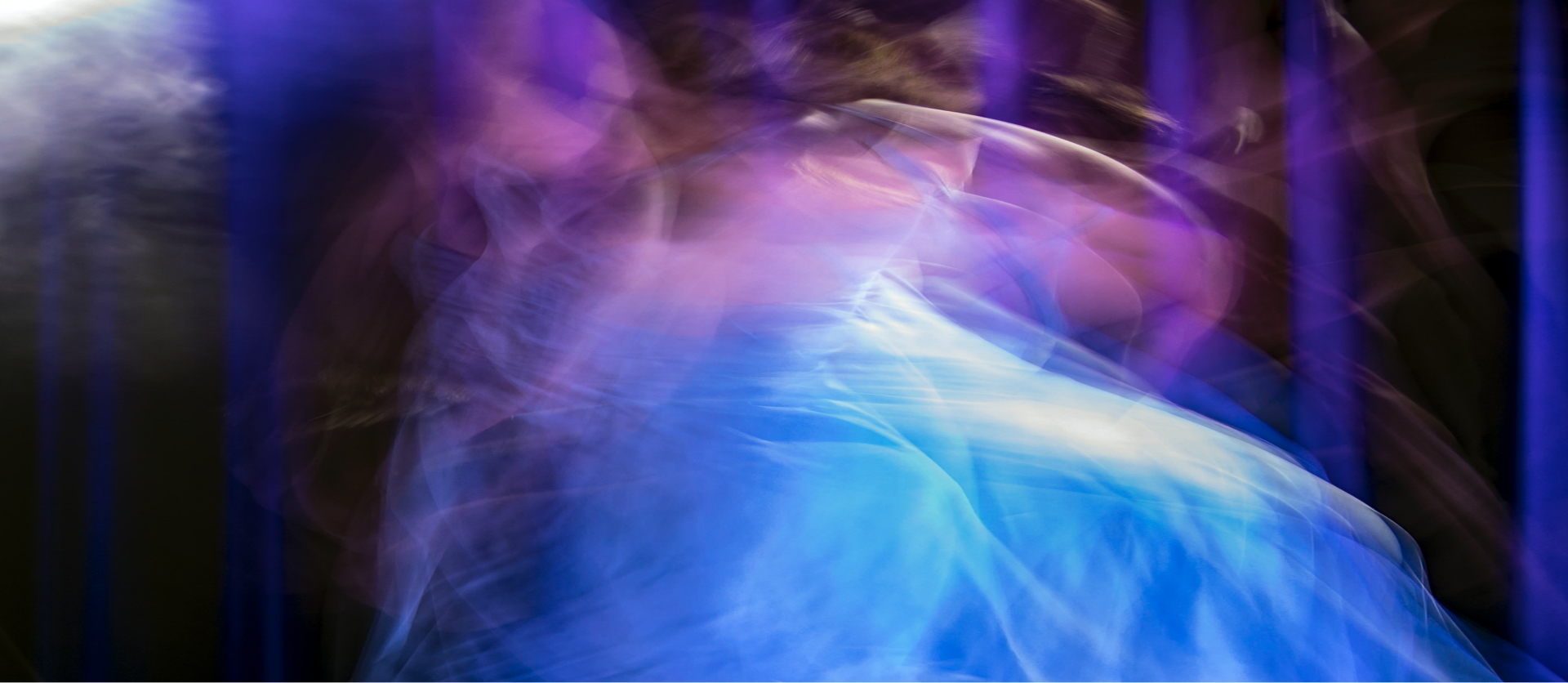
For many reasons, I’ll begin with a necessary and theoretical reminder: “Living theatre” and “theatre with stories shouted into your face” are Western movements of the 20th century that once again affirm that theatre has always been an art form motivated by social and political events and causes. From ancient Greek tragedies, through Molière’s traveling troupe, to Shakespeare’s Globe and the French classical dramas that reinforced the tradition...
In truth, even the most unaware audience member senses—intuitively—that theatre can only exist through the experience of the “here and now”: when the magic of the living word, story, and action is born; when the combination of all of these elements creates a connection between the present and the future; and when art becomes independent, truthful, and political!
“We are a group of actors who want to carry out a non-violent and beautifully anarchistic revolution! The audience says — yes, the world is in a terrible state! There are wars all around; political, social conflicts and catastrophes. But who am I, and where are we? And what can I do to change the world? It is precisely to help people understand this and empower them that we create ‘Living Theatre’…”
This is a fragment from the manifesto of Judith Malina — an actress, writer, and director living in post-war 20th-century Germany. Together with her husband, American artist and performer Julian Beck, she founded a radical political theatre troupe in early 1950s New York — The Living Theatre.
In post–World War II America, this new theatrical direction became associated with the “Living Theatre,” which moved away from traditional theatre spaces and took root in various unconventional locations — abandoned buildings, ruined factories, urban environments, bus stops, and remote seashores. Julian Beck and Judith Malina created texts that directly reflected political and social realities, aiming through these forms to awaken and provoke public consciousness.
In the theatre world, just like everywhere else, major changes don’t happen overnight. No matter how painful, the transformation of society is always preceded by significant or small “cultural explosions.” For instance, British playwright Sarah Kane’s play Blasted (1995) can rightfully be considered one of the boldest social explosions of the late 20th century. This play by Kane sparked the emergence of a new dramatic trend in Britain and across Europe — one later referred to as In-yer-face theatre.
The term in-yer-face theatre was first used by critics as a subtitle for a book when the anthology British Drama Today was published in 2001. In their new plays, young playwrights depicted shocking and controversial stories in order to make an equally shocking impact on audiences. The core trio of in-yer-face theatre consisted of Sarah Kane, Mark Ravenhill, and Anthony Neilson. This strange and creative phrase soon became a recognized term — and one that withstood the test of time. However, the British press and magazines of that era also used other expressions, such as “blood and spunk plays” or “new brutalism.”
The new British drama was responding to and reflecting on global developments: the impact of globalization on society, manifestations of consumerist psychology, new cultural values of the time, rethinking gender roles, and more. In short, in-yer-face theatre captured and confronted the demands of its time with precision and intensity.
…Even just a couple of years ago, this lengthy introduction might have seemed like a tedious but necessary explanation. But today — as society simultaneously steps into a deep political, economic, and ideological crisis; as street scenography overtakes the primacy of the stage; and as Hamlet’s monologues on being or not being are almost heard from courtrooms (not to mention the arrest of artists) — the bold word of a bold artist has taken on a completely new power and meaning.
Therefore, when the Tbilisi International Theatre Festival chooses a phrase from the national anthem — "Our Freedom Today" — as its aesthetic slogan, it may signal yet another new challenge or an urgent need for experience and insight.
Perhaps the Hamlet that has been rehearsed epically countless times, staged with refined satire, stretched nearly into tragic farce, and made painfully familiar (by the independent company Haraki, directed by Sandro Kalandadze), had much more to say — and wanted to say more — through its open, political, and street-style finale (this is exactly where Living Theatre becomes necessary!) than in the watching eyes of “a hundred brothers guarding Ophelia and Hamlet.”
Perhaps The Nose, staged by Levan Tsuladze at Theatre Studio 42, with its giant onstage garbage heap, its sarcastic Bulgakov-style insertions, and equally ironic choreography, expands Gogol’s satirical-bureaucratic themes far beyond their original scope? Or perhaps this production — more aligned with the absurdism of Beckett and Mrożek than with Gogol himself — speaks more powerfully to the society’s washed-away self-criticism and fading empathy than the nightmarish visions of a nose-less bureaucrat Kovalev (played by Nika Jujua)?
Perhaps Josephs, the original production by Gega Gagnidze (inspired by Franz Kafka’s The Trial), staged in the theatre on Atoneli Street, serves as a local and distinctly police-state reflection of the shattered Austro-Hungarian Empire under Kaiser Franz Joseph? And the Verdi quartet from Rigoletto becomes not only a Kafkaesque moment of dark humor, but also a dissonant anti-rhythm leading to a dystopian finale?
Perhaps the unhealed wounds of queer individuals, explored in the multimedia performance Who Will Heal Our Wounds — created by an independent feminist art collective of six women artists — resonate more boldly, socially, sexually, and fearlessly on the stage of the “City Theatre” than in countless NGO reports? After all, countless women continue to be victims of repressive, hostile policies, violence, and hate to this day.
Davit Bukhrikidze
01.07.2025


